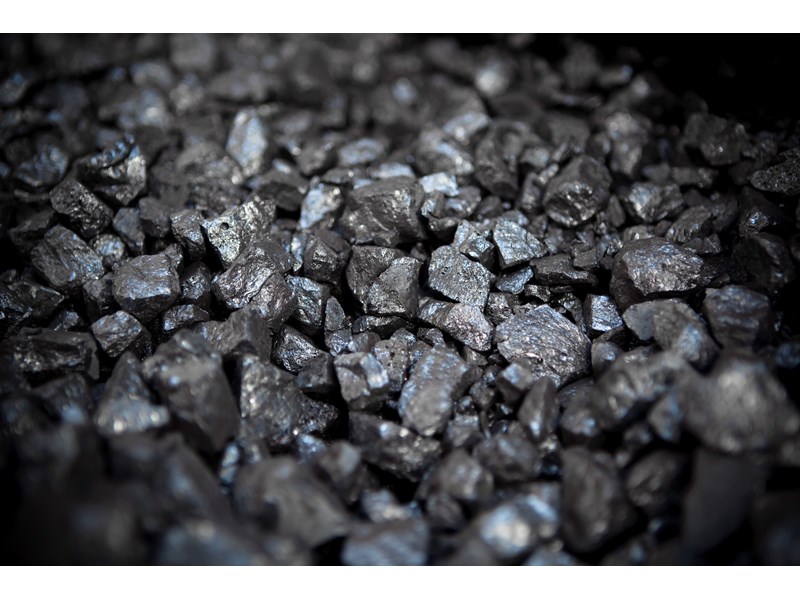Is green hydrogen metallurgical coal’s kryptonite?
Green steel could mean the end of carbon-based steel production
1 minute read
Anthony Knutson
Global Head, Thermal Coal Markets

Anthony Knutson
Global Head, Thermal Coal Markets
Anthony is the global head of our thermal coal markets research for the Metals and Mining group.
Latest articles by Anthony
-
Opinion
Harris v Trump: A fork in the road for US energy
-
Opinion
How do Western sanctions on Russia impact the global metals, mining and coal markets?
-
Opinion
Decarbonising metals and mining: three key strategies to win the emissions battle
-
The Edge
Resource nationalism and energy transition metals
-
Opinion
Golden opportunities to drive down mining and metals carbon emissions
-
Opinion
Battery raw materials: tracking key market dynamics
Today’s global steel industry accounts for roughly 8% of all global carbon emissions. With all carbon-intensive industries firmly in the crosshairs of aggressive international emission reduction targets, the steel industry has no choice but to investigate low or zero-carbon emission technologies.
Enter green steel and green hydrogen – is this duo going to be the end for metallurgical coal and carbon-based steel production?
Steel’s carbon challenge
The production of modern steel has centred around blast furnaces and the use of carbon as an essential ingredient since the mid-19th century. Carbon provides the necessary heat and, more importantly, a reductant. Carbon from metallurgical coals, concentrated in coke, efficiently reduces iron from iron ore at a scale and cost that enables our modern, industrial society to function.
However, in the process, it releases vast amounts of carbon dioxide.
Green steel – everyone is talking about it
The energy transition is taking hold. And as electricity grids and transport decarbonisation plans progress, governments, consumers and investors are pushing for radical changes to how steel is produced. Green steel and green hydrogen are becoming an increasingly hot topic.
The success of the green steel concept revolves around three key principles.
- Low price, reliable, net zero-carbon electricity supply
- Low price, reliable, net zero-carbon (green) hydrogen
- Enormous expansion of Direct Reduced Iron (DRI) in electric arc furnace (EAF) facilities, along with abundant DR pellets and scrap.
Policy commitments are in place in several countries – but governments need to invest in order to accelerate hydrogen supply growth.
Our recent insight explores the burgeoning concept of green steel while analysing potential impacts to the global metallurgical coal trade. Specifically, we analyse green hydrogen production, costs, challenges of scale and storage. And we draw on two prominent low-carbon steel initiatives:
- Pulverised coal injection (PCI) replaced with hydrogen in a project spearheaded by thyssenKrupp at Duisburg, Germany.
- Complete blast furnace replacement in the HYBRIT pilot plant, a joint venture between SSAB, LKAB and Vattenfall at SSAB’s Luleå site in Sweden.
How might these two projects affect the global metallurgical coal trade over the next two, 10 or 20 years? Are they the catalysts for the steel industry to break away from over 150 years of carbon-based modern steel production?
Fill in the form for a complimentary preview or read on for an overview of some of the key takeaways.
Green hydrogen versus metallurgical coal
Our research findings include three broad themes.
1. The impact on metallurgical coal will remain at country-level to 2040
Impacts to global metallurgical coal markets from green steel and hydrogen are limited to specific country-level projects to 2040.
Today’s commercial-scale green steel advancements are likely company and at best country-specific solutions to decarbonisation in the steel industry. The world’s first net-zero carbon steel product is now targeted for 2026, while the first commercial scale test to replace PCI with hydrogen kicked off in 2019. The next decade of advancements and testing will set the stage for carbon-free steel-making for 2040 and beyond. We expect Europe to lead the charge.
2. Multiple challenges must be overcome on the road to decarbonisation
Green hydrogen, produced through renewable-powered electrolysers, will play a critical role in the long-term decarbonisation of the global steel industry. However, solutions need to be found for; safe storage and transportation, highly variable production cost, lack of electrolyser scale and the need for reliable, low-cost carbon-free electricity.
3. Technology is the key enabler – but has a way to go
Green steel technologies are maturing. However, a seismic shift away from the traditional blast furnace/basic oxygen furnace combo as the dominant method of steel production is still decades away.
The full insight ‘Green hydrogen: metallurgical coal's kryptonite?’ explores what green steel needs to succeed in more detail, with a look at two progressive initiatives currently underway. Fill in the form at the top of this page for a complimentary preview brochure.









